13 Cars from the ’50s Through the ’80s That Were Too Advanced for Their Own Good

Flipping through my uncle’s vintage car magazines, I was captivated by vehicles that looked like they were brought back from future. These automotive trailblazers arrived too soon, brimming with cutting-edge features that stumped mechanics, puzzled buyers, or sported designs too bold for their era.
They didn’t fail for lack of vision but because the world wasn’t ready for their innovations. Let’s cruise through 13 cars that pushed boundaries but couldn’t quite conquer the market.
1. NSU Ro80
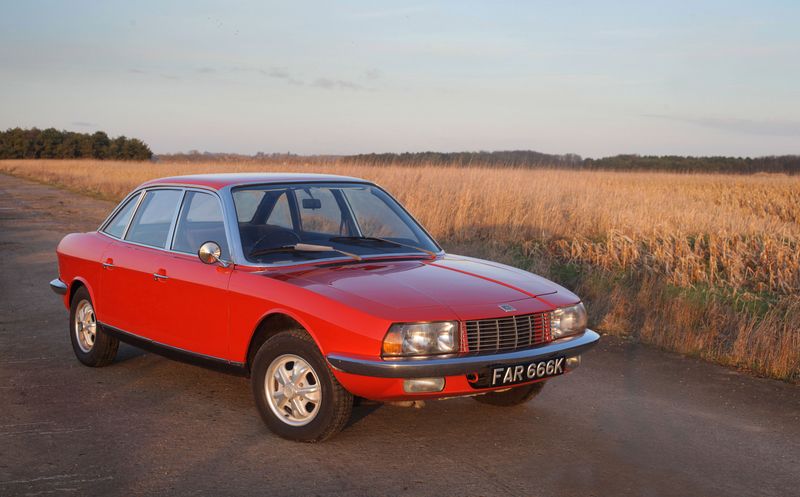
Winning European Car of the Year in 1968, the Ro80 flaunted an aerodynamic shape that wouldn’t look out of place in showrooms 20 years later. German engineers equipped it with a futuristic rotary engine and semi-automatic transmission.
Unfortunately, the Wankel rotary engine proved notoriously unreliable, with seals failing before 30,000 miles. Mechanics refused to work on the complicated powerplant, leaving owners stranded and the company’s reputation in tatters.
2. Citroën DS
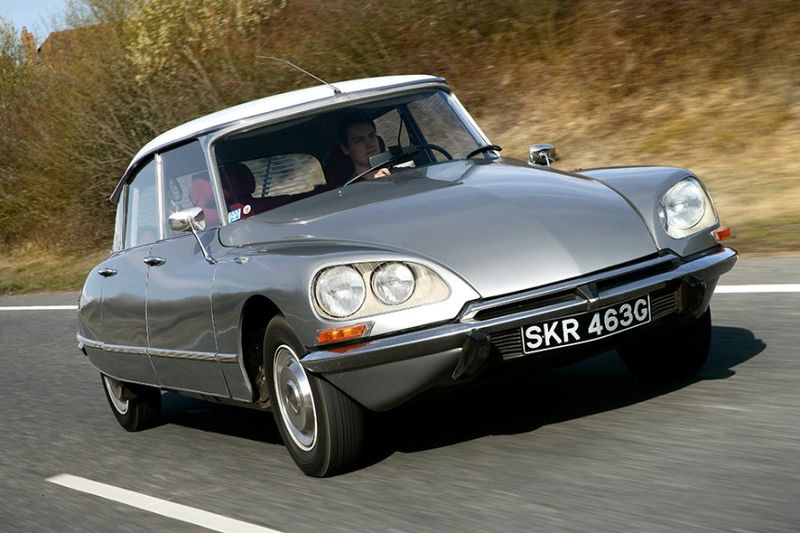
Unveiled in 1955, the Citroën DS stunned onlookers with its spaceship-like design. Its hydropneumatic suspension smoothed out rough roads and kept the car balanced, even on a flat tire.
French President Charles de Gaulle praised this system for enabling a swift escape during a dangerous incident in 1962, when attackers shot out the tires, yet the driver maintained control.
This otherworldly tech, however, intimidated buyers accustomed to simpler cars.
3. Chrysler Turbine Car
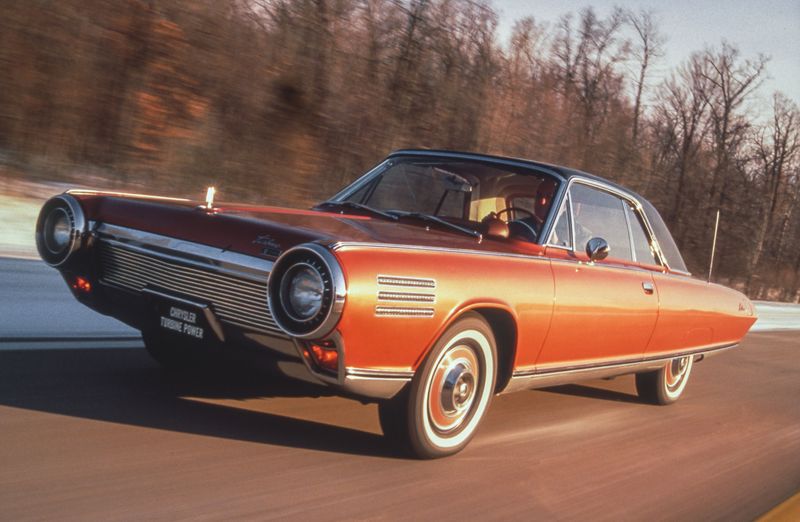
Imagine a car that could run on perfume, tequila, or peanut oil! Chrysler’s experimental Turbine Car used a jet engine that could burn almost any flammable liquid and required just one-fifth the moving parts of a piston engine.
Only 55 were built in 1963, with 50 loaned to everyday Americans for real-world testing. Despite positive feedback, the program ended because turbines guzzled fuel at idle and emitted scorching exhaust that could melt asphalt. The company destroyed all but nine prototypes.
4. Audi 100 Coupe S
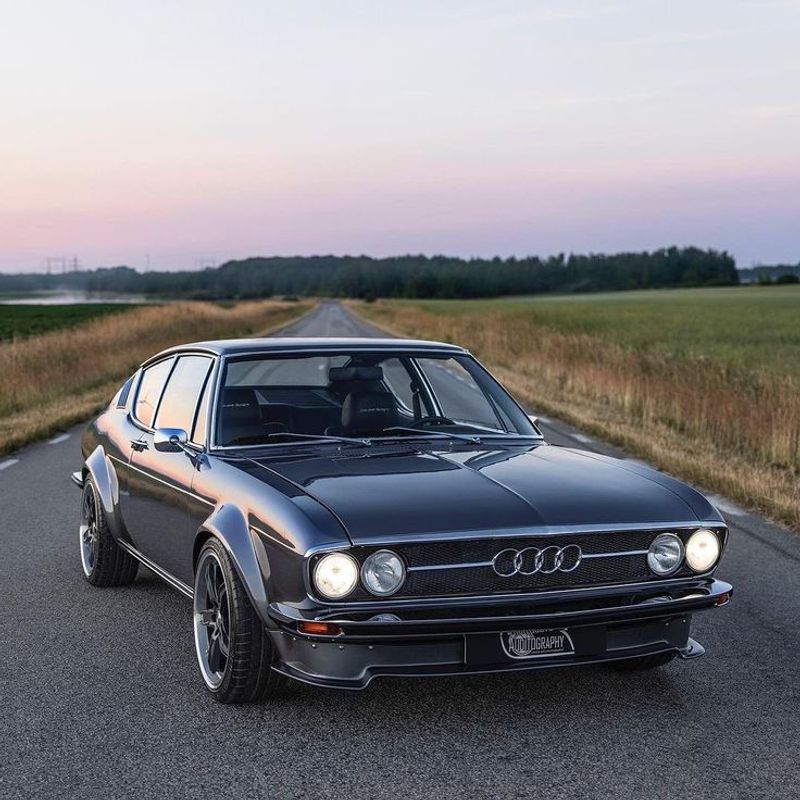
Before Audi was synonymous with quattro all-wheel drive, they created this stunning fastback in 1969. With Italian-inspired lines that evoked Ferrari, the 100 Coupe S featured front-wheel drive when most performance cars stuck with rear-wheel setups.
Mechanical fuel injection, rare for its day, delivered precise fueling for its responsive engine. Rust protection? Virtually nonexistent. These gorgeous coupes dissolved in rainy climates, making survivors exceedingly rare today.
The model established Audi’s reputation for technical innovation before the quattro revolution.
5. Jensen FF
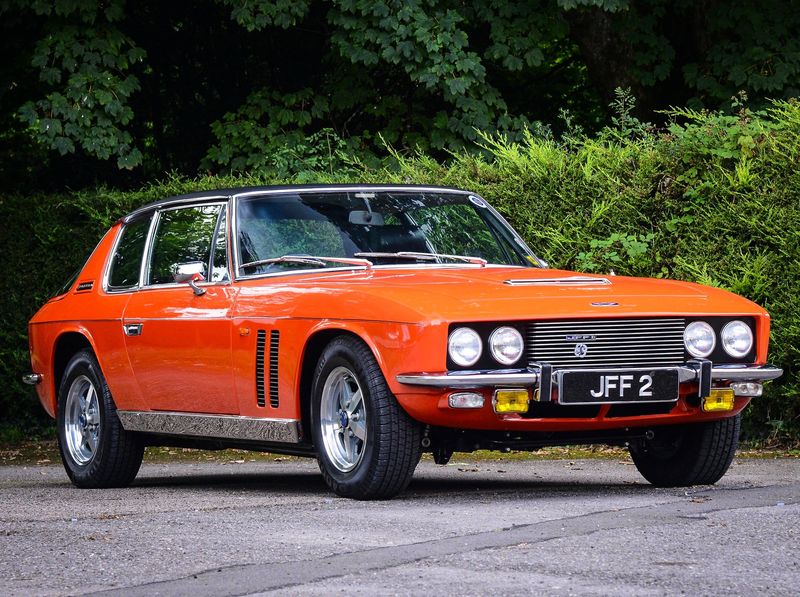
Four-wheel drive in a luxury grand tourer? Unheard of in 1966! The Jensen FF (Formula Ferguson) was the first non-utility production vehicle with all-wheel drive, beating Audi’s quattro by 14 years.
It also pioneered anti-lock brakes decades before they became common. The sophisticated drivetrain added significant weight and a hefty price tag. Only 320 were built, and mechanics trembled when owners brought them in for service.
Today, collectors recognize the FF as the grandfather of modern all-wheel-drive performance cars.
6. Oldsmobile Toronado
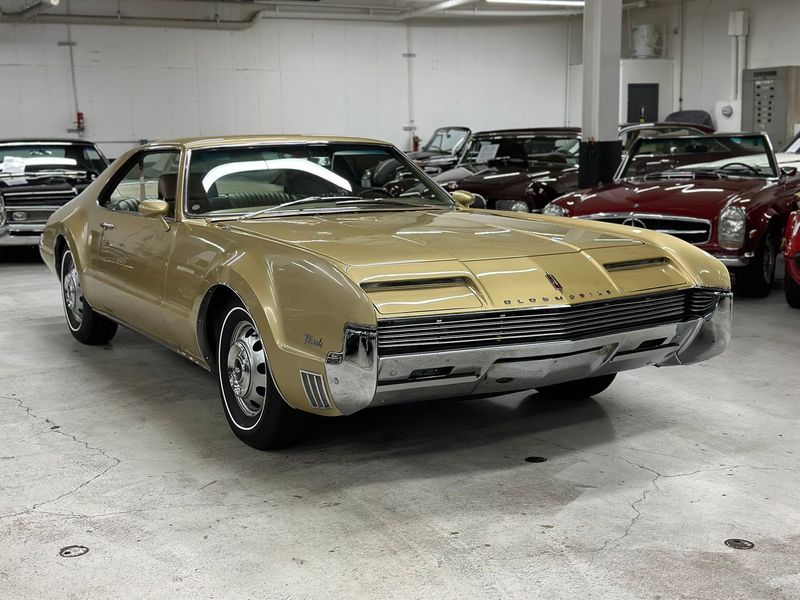
In 1966, the Oldsmobile Toronado defied Detroit’s norms by pairing a massive 425-cubic-inch V8 with front-wheel drive, a concept deemed unfeasible. Its compact “Unitized Power Package” merged engine and transmission seamlessly, wrapped in sleek fastback styling.
Traditional luxury buyers, however, didn’t grasp the appeal of front-wheel drive, limiting its market success despite its influence on future GM designs.
7. Rover P6
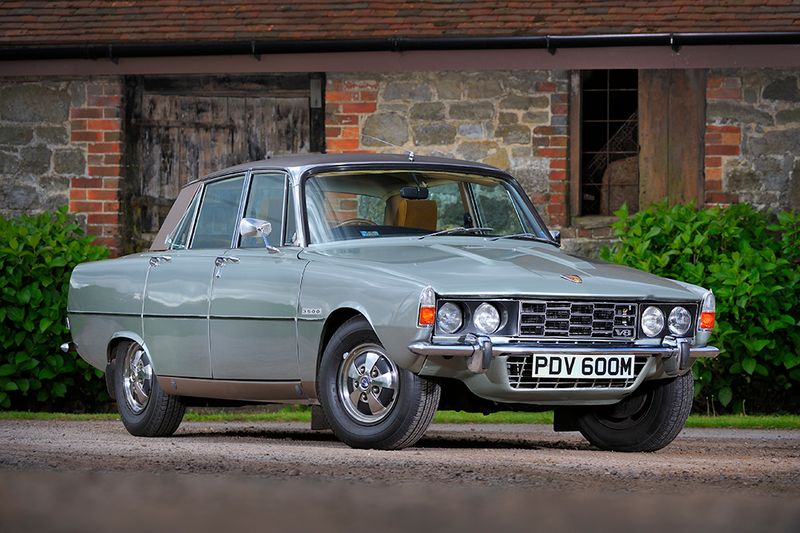
James Bond creator Ian Fleming chose a Rover P6 as his personal car, fitting for a vehicle packed with spy-worthy technology. The 1963 P6 featured a “base unit” chassis with non-structural body panels, similar to modern cars but revolutionary for its time.
De Dion tube rear suspension delivered handling that embarrassed contemporary sports cars. Most radical was the horizontal “suitcase” engine design that collapsed in a frontal crash to protect occupants—decades before crumple zones became mandatory.
Complexity drove up production costs, limiting sales outside Britain.
8. AMC Pacer
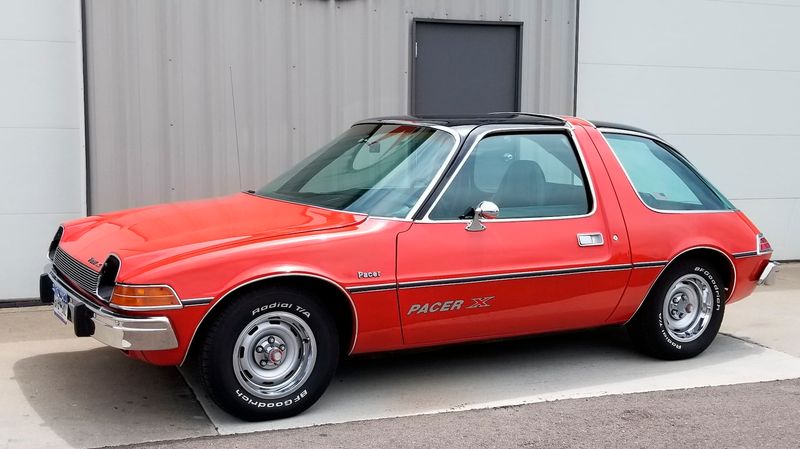
Ridiculed today, the fishbowl-like Pacer was actually designed around a Wankel rotary engine that never materialized due to the oil crisis. AMC’s “first wide small car” featured a passenger door longer than the driver’s door for easier rear-seat access.
The massive glass area provided unprecedented visibility but turned the interior into a greenhouse during summer.
Originally intended as a technological showcase with cutting-edge aerodynamics, the Pacer was forced to use AMC’s outdated straight-six engine when the rotary deal collapsed, crippling performance and economy.
9. Subaru XT
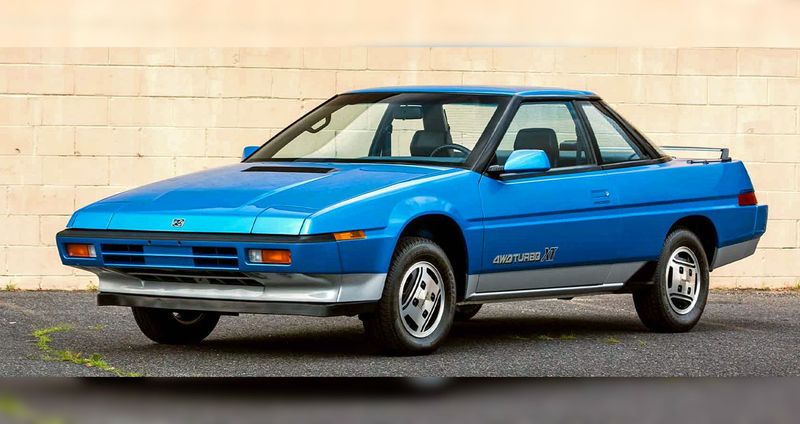
Looking like it teleported from the year 2000, the 1985 Subaru XT achieved a drag coefficient of just 0.29, making it one of the most aerodynamic production cars ever built. The cockpit resembled a fighter jet, with a joystick-like gear selector and steering wheel with asymmetrical design.
Inside, the digital dashboard changed color based on driving mode. Available with aircraft-inspired pneumatic suspension, the XT could raise or lower itself for different conditions.
Quirky controls and alien styling scared away conservative buyers, but its influence on automotive aerodynamics remains significant.
10. Cadillac Seville (1980-1985)
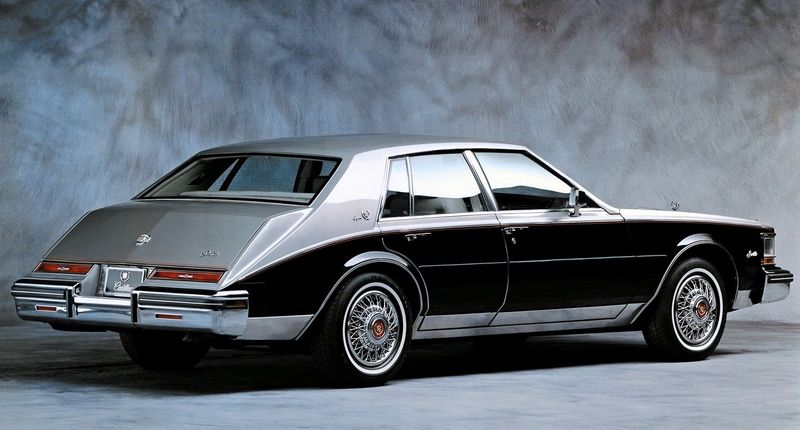
The 1980 Cadillac Seville’s “bustleback” styling aimed to redefine luxury, but its real breakthroughs were tech-driven: a digital trip computer tracked fuel economy and range, and a microprocessor controlled suspension and fuel injection.
Its V8-6-4 cylinder deactivation system, meant to save fuel, was unreliable, often disabled by frustrated mechanics. The tech was visionary but too advanced for its era’s reliability.
11. Mazda Cosmo Sport

Mazda staked its future on the 1967 Cosmo Sport, the first dual-rotor production car powered by a Wankel engine. With just 982cc, it churned out 128 horsepower, thanks to painstakingly engineered apex seals.
Its sleek GT styling turned heads, but limited production kept it exclusive as Mazda refined rotary tech for broader use, cementing its trailblazing status.
12. Porsche 928
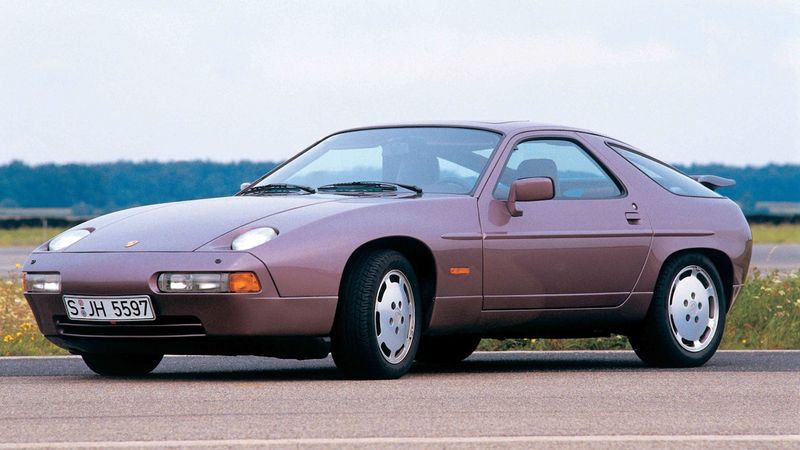
Heresy! Porsche engineers designed the 928 to replace the legendary 911, equipping it with a front-mounted water-cooled V8 instead of the traditional rear-engine flat-six. The 1978 model featured “transaxle” architecture with near-perfect weight distribution.
Innovations included a “Weissach axle” rear suspension that counteracted lift-throttle oversteer, plus an instrument cluster that moved with the steering wheel. Traditionalists rejected the high-tech gran turismo despite its superior performance.
Porsche eventually surrendered, keeping the simpler 911 in production while discontinuing the more advanced 928.
13. Chevrolet Corvair
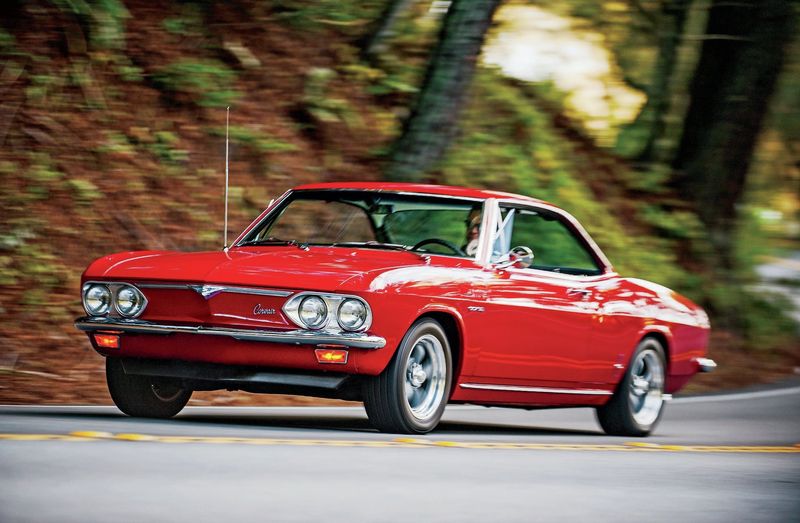
The Chevrolet Corvair, introduced in 1960, was a car that dared to defy the norms. With a rear-engine layout, it offered a unique driving experience distinct from its contemporaries.
Despite its innovative design, it faced criticism over safety concerns, famously highlighted in Ralph Nader’s book “Unsafe at Any Speed.” This controversy overshadowed its engineering feats.
Today, the Corvair is appreciated for its pioneering spirit, representing a bold step in American car design.
